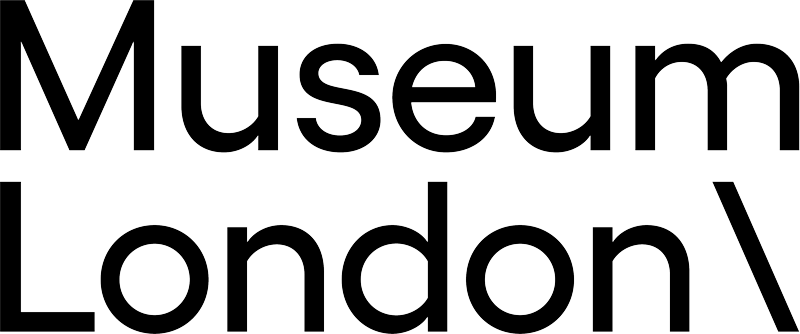Cigar Box, Arab
Date1914
Credit LineGift of Dr. J. M. Waters, Strathroy, Ontario, 1992.
Object number1992.002.010
Label TextThis is a George E. Patrick cigar manufacturing company cigar box. The graphics on cigar boxes featured fictional characters, historic figures, and drawings of plants and animals. Some also featured racist depictions of different people, in this instance, Arabs. At the end of the 19th and in the early 20th centuries, when George E. Patrick manufactured these cigars, Arabs were active, vibrant members of Canadian society. Still, the imagery on the box depicts them as foreign and exotic “others.” This aligned with and reinforced the stereotypes and racist ideas that permeated Canadians’ attitudes towards Arab people. In the late 19th century, London had dozens of cigar factories whose buildings still stand in the city's downtown. The city was second only to Montreal when it came to the production of cigars in Victorian Canada. London’s cigar-making industry took off after Prime Minister John A. Macdonald introduced the National Policy in 1879. This placed duties on manufactured products, like German cigars, but not on unprocessed materials like Cuban and American tobacco. Homegrown business could produce good quality, affordable products, including cigars. The city's cigar industry began to decline during the First World War (1914-1918). With the introduction of Prohibition in 1916, the cigar industry suffered because the treating system ended. In that system, men in taverns would buy each other drinks, and those who didn't drink would receive a cigar. Another blow to cigars was the popularity of cigarettes. Men who smoked cigarettes during the First World War kept up the habit when they returned home.
NameBox, Cigar









